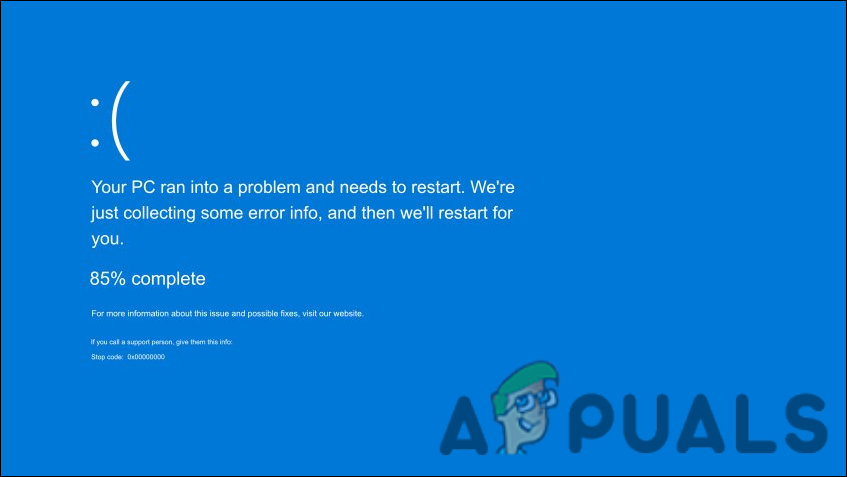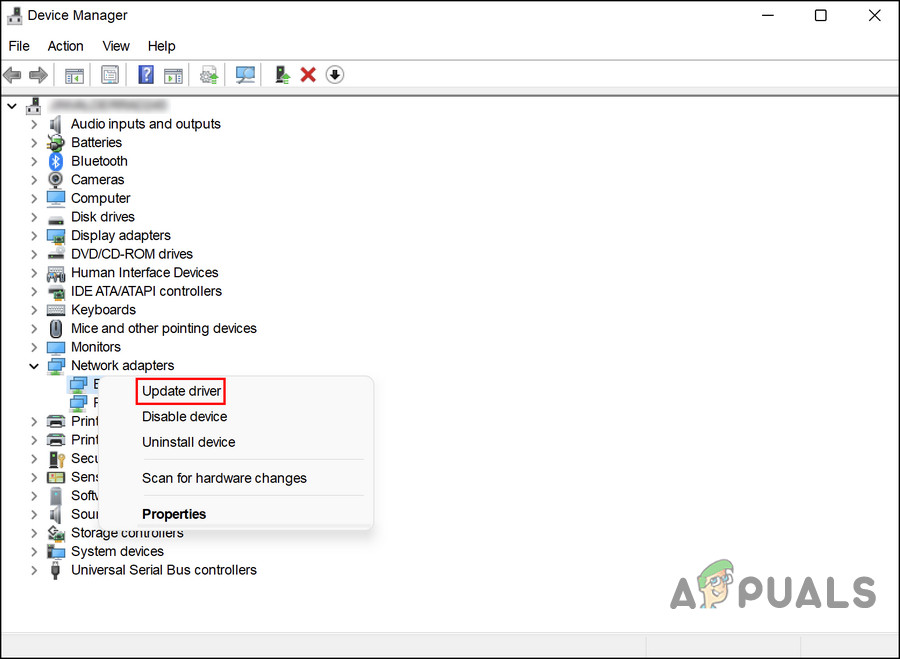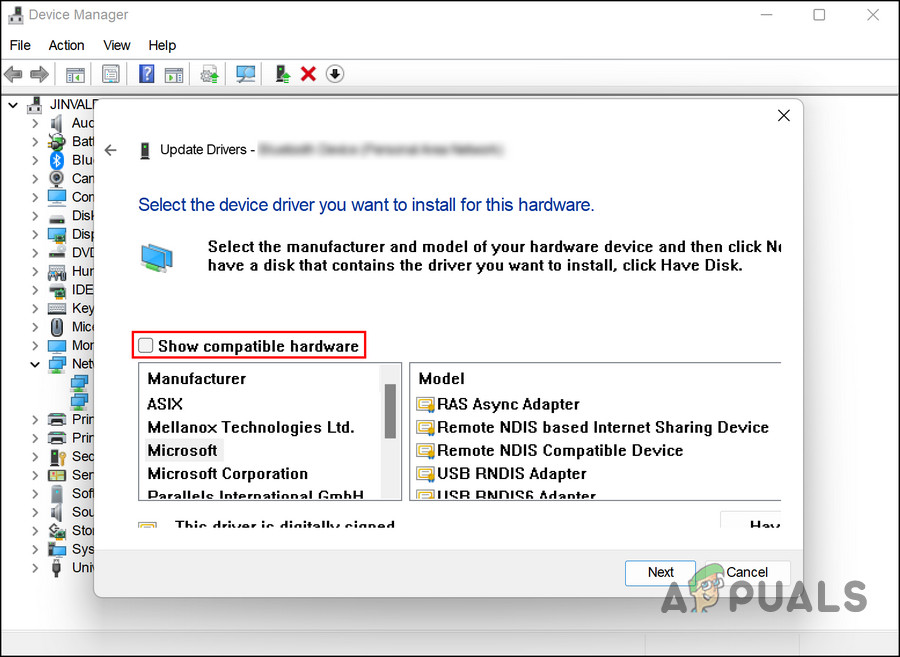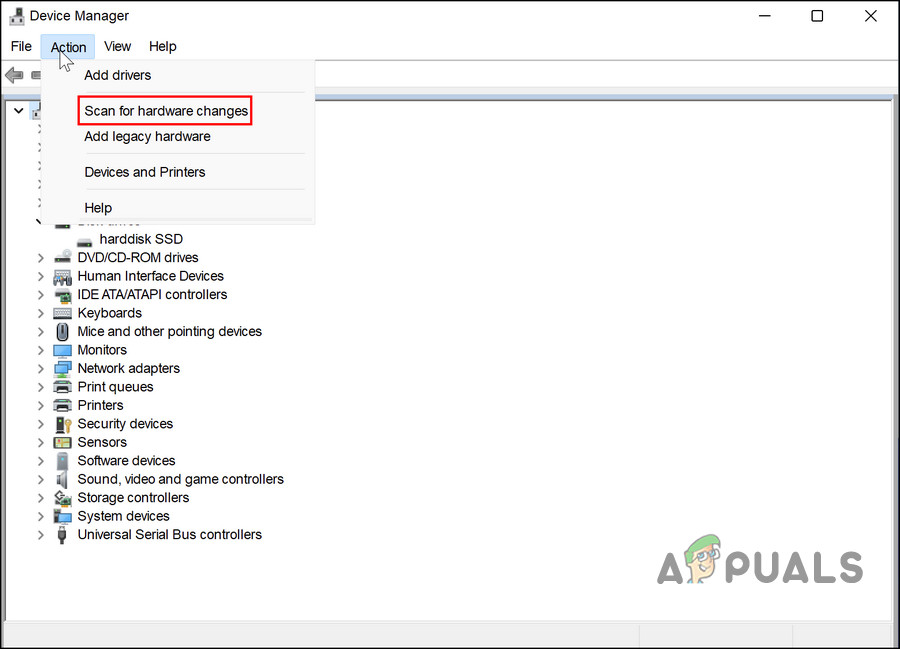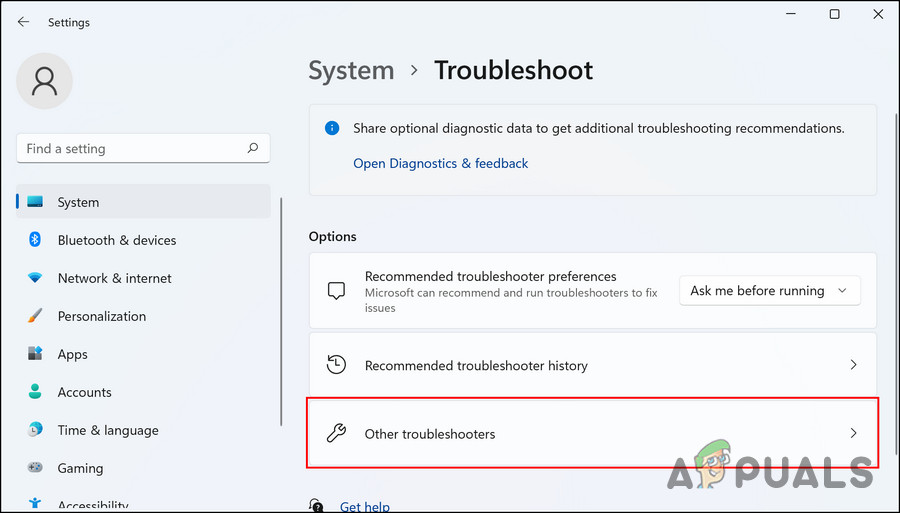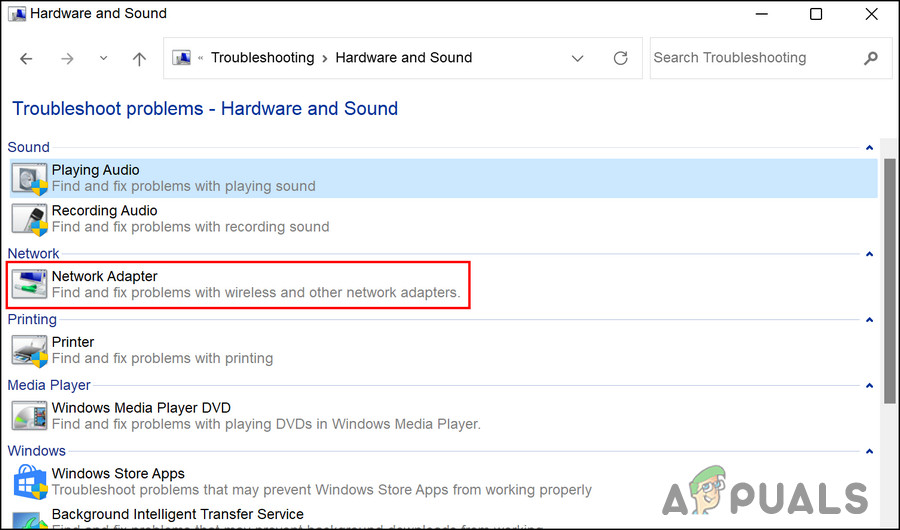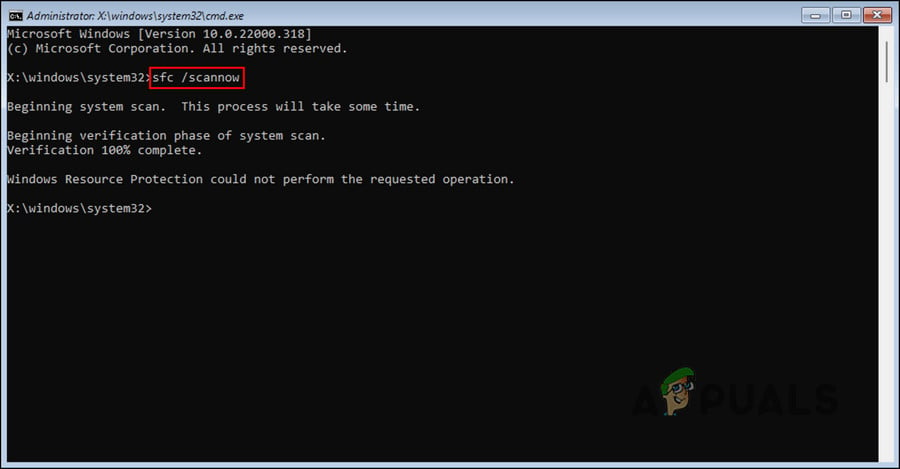We had a look into the issue and discovered that it is typically caused due to the following reasons:
Outdated device drivers – In most cases, the issue was a result of outdated/corrupt drivers that are required by the system for USB tethering. The best way to counter this issue, in this case, is to update the drivers. If that does not work, then you can uninstall the driver and reinstall the latest version by following the steps we have described below.Defective USB cable – there can be a hardware or software-related issue with your USB cable which is causing the problem. You can try using another USB cable to check if this is the reason you are facing the problem. The same goes for your USB port, so you can try switching to another port as well.Generic corruption error – Your system may also be infected with a generic corruption error or virus which is triggered when you try to use USB tethering on the system. If this scenario is applicable, then you can run the built-in Windows troubleshooting utilities or your third-party antivirus to rule out the problem.The interruption caused by unnecessary network adapters/connections – there is also a chance that the connections already enabled in the system cause an interruption with the USB tethering process, causing the crash. If this happens, you can simply disable the other connections and check if that makes any difference.
Now that we know about the potential causes, let’s have a look at the troubleshooting methods that will help you resolve the USB tethering problem for good, in detail.
1. Check Your USB Cable and Port
The best way to start troubleshooting in cases like this is by checking the hardware for any potential problems. Since the issue is related to USB tethering here, we suggest you try to connect your USB cable with another device and check if it works fine there. If it is infected with a virus or a corruption error, the issue will appear on the other device as well. Another thing that you can try is switching the USB port and see if that makes any difference.
2. Update Device Drivers
As we mentioned earlier, most users discovered that the USB tethering issue is typically caused due to outdated or corrupt drivers within the system. Drivers are what connect the hardware devices to the system, so keeping them functional at all times is necessary if you wish to use any of the hardware components like the webcam or USB cable in this case. The best way to deal with issues related to drivers is by updating them. In most cases, that will resolve the issue for you. However, if the problem persists, then you can proceed with uninstalling the drivers and reinstalling the latest available version from the manufacturer’s website. In this method, we will first walk you through the steps of installing the latest updates for the targeted driver. If that fails to do the job for some reason, we will then proceed with reinstalling it from scratch. Here is all that you need to do: Wait for the driver to install and then exit Device Manager. Restart your PC and upon reboot, check if the USB tethering issue is resolved. If the error persists, then you can reinstall the driver and check if that makes any difference. Here is how: Hopefully, it will fix the problem once and for all.
3. Use the Built-in Troubleshooters
Another fix that worked for users was using the built-in troubleshooters within Microsoft that can scan the system for hardware and connection-related problems. In the case of USB tethering error, we will be using the troubleshooting utility that has proven to be effective for other users; Network Adapter troubleshooter. As the name suggests, this tool will look for any connection and hardware issues that may be resulting in the Blue Screen of Death. Follow these steps to proceed: If you cannot run the Network Adapter troubleshooter via Windows Settings, then you can also use the Control Panel to perform the same operation. Here is how:
4. Run an SFC Scan
Additionally, corrupted system files or viruses within the protected system files may also cause issues such as this one. In this case, you should run the System File Checker, which is a Microsoft utility. The software scans the system for problematic files, and if any are detected, the corrupt files are replaced with their healthy counterparts, without affecting the system. Here is how you can run an SFC scan on Windows: Hopefully, you will not face the problem again at the restart. In the event that the USB tethering error persists, it would be a good idea to contact Microsoft support and report the problem. They can identify the issue for you and suggest appropriate troubleshooting measures.
USB 2.0 vs USB 3.0 vs USB 3.1: Which should you Have and Why?How to Fix BSOD Caused by rtwlanu.sys on Windows?Microsoft Accepts BSOD And Other Issues Caused By Latest Updates Which Arrived…How to Fix Blue Screen BSOD Caused by dxgmms1.sys
